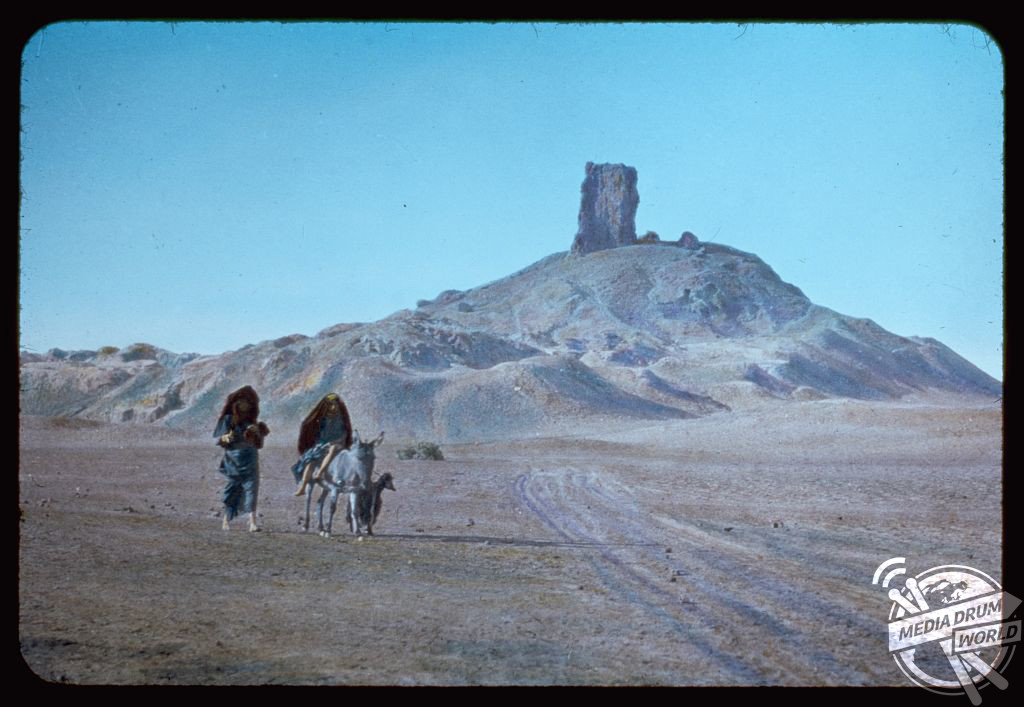By Liana Jacob
HISTORICAL photographs have unveiled what life was like in Iraq in the twentieth century, exposing its culture and civilisation before its invasion in 2003.
The pictures include lively colourised landscapes of the Euphrates River, the river of crude oil in Kirkuk and the Tigris River in Babylon between the years 1950 and 1977.
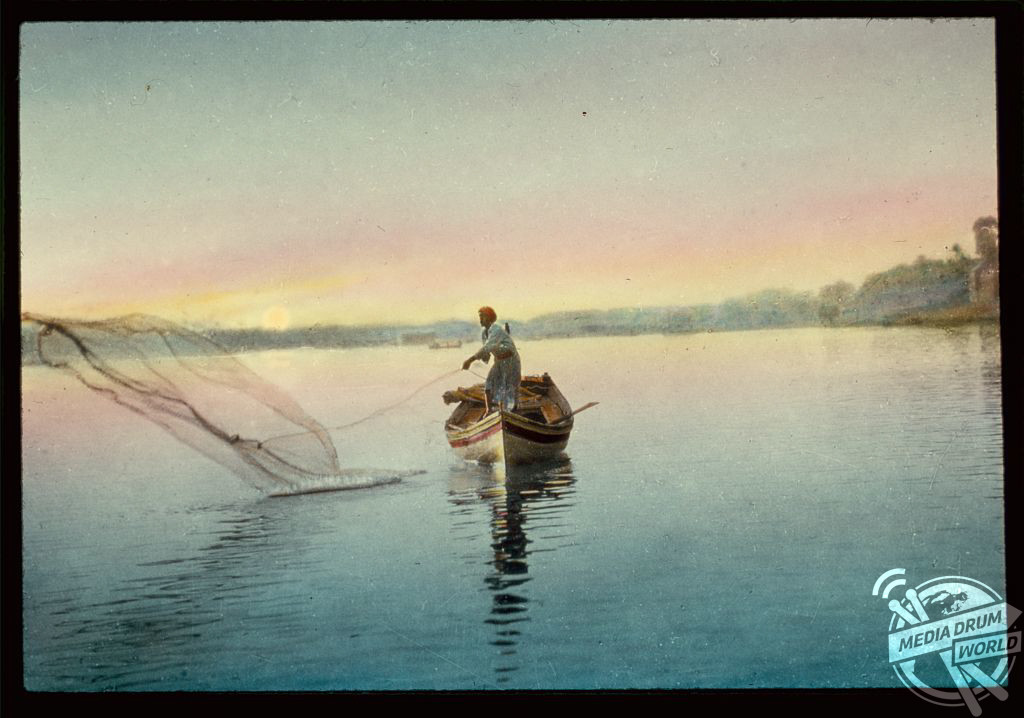
Other stereographs include the royal portrait of Prince Feisal of Iraq and a black and white image of the Boy King Feisal II of Iraq visiting the third holiest site in Islam, Al-Aqsa Mosque, Jerusalem, in March 1943.
Further photos depict the traditional attire of the Assyrians in Arbela (Erbil) and an Iraqi man in western dress.
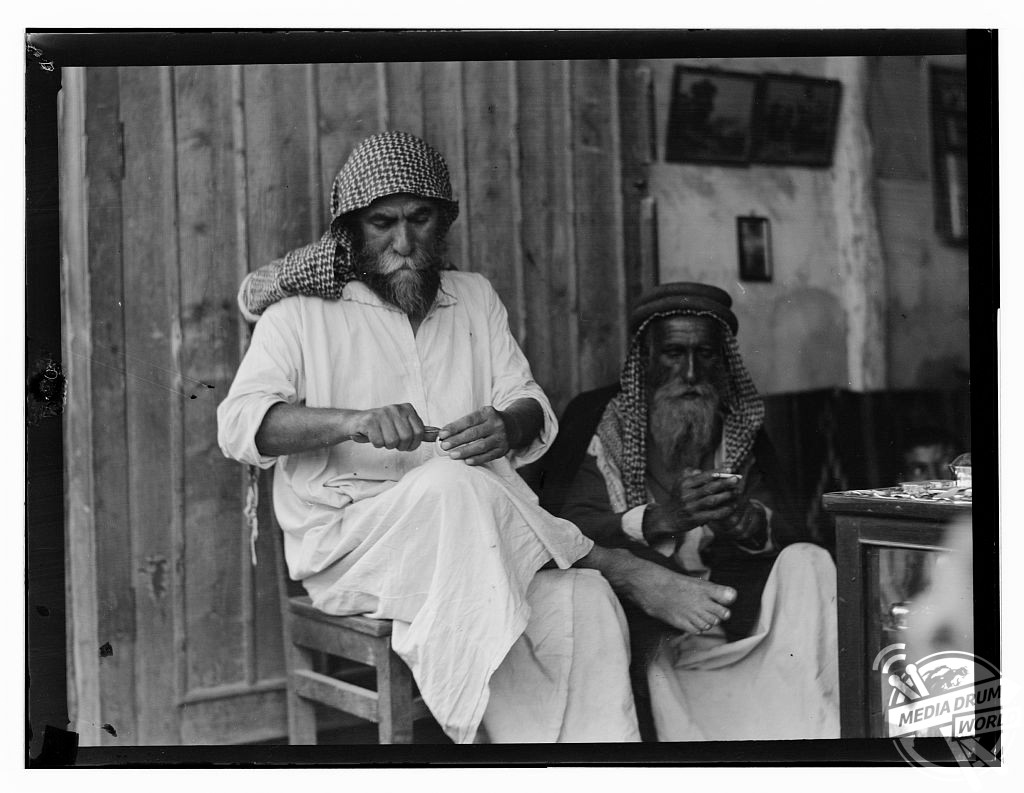
Assyrians are an ethnic group originating from the Middle East. Some identify as Chaldeans or Arameans; they speak Aramaic as well as another language.
The Assyrians are typically Syriac Christians, one of the oldest civilisations in the world, dating back to 2500 BC in ancient Mesopotamia.
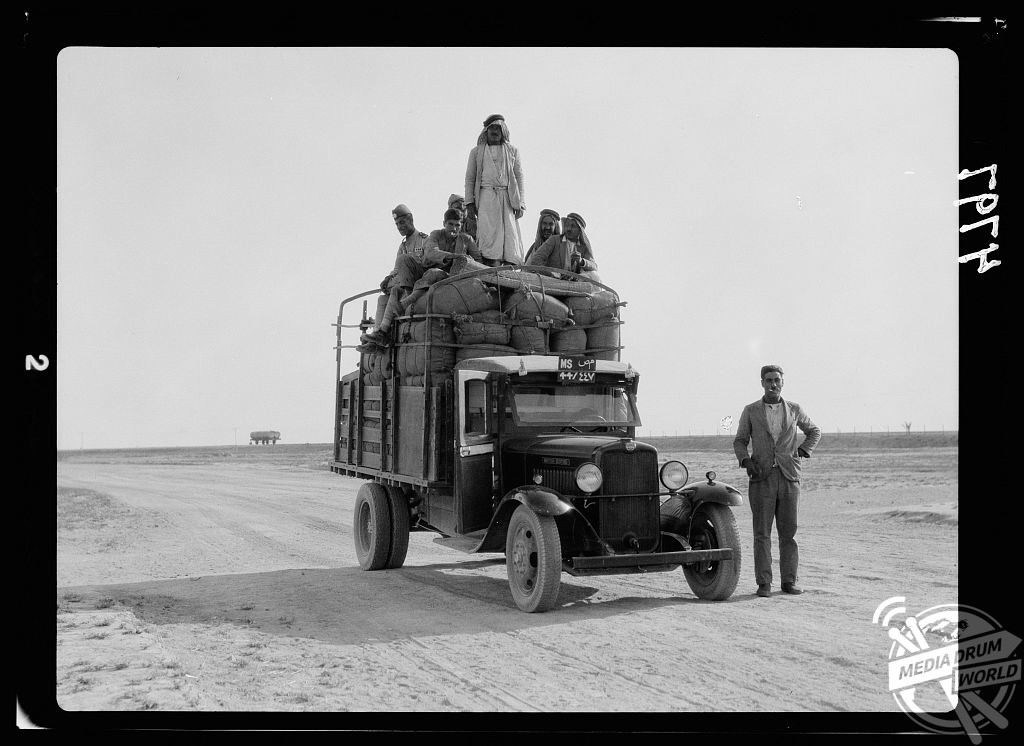
Mesopotamia, meaning ‘land of rivers’, was a historical region situated within the Tigris-Euphrates river system.
Nowadays it covers most of Iraq, Kuwait, the eastern parts of Syria, South-eastern Turkey, and regions along the Turkish-Syrian and Iran-Iraq borders.
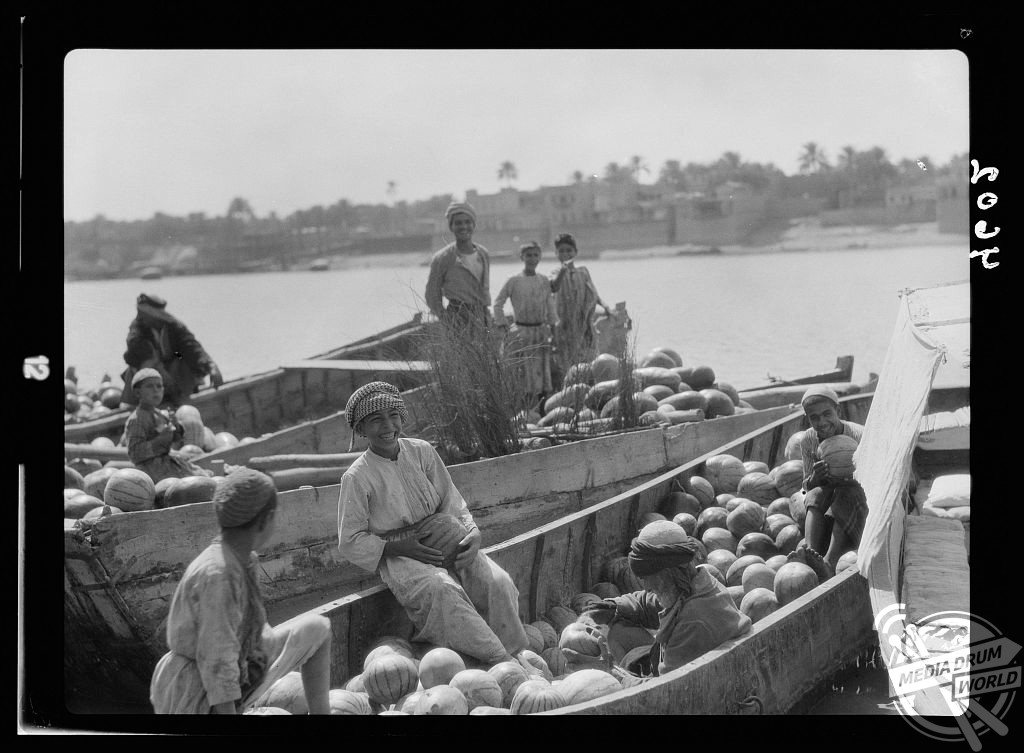
From March 20 to May 1, 2003, Iraq was invaded by the United Kingdom, United States, Australia, and Poland which signalled the start of the Iraq War. It was named Operation Iraqi Freedom by the US.

